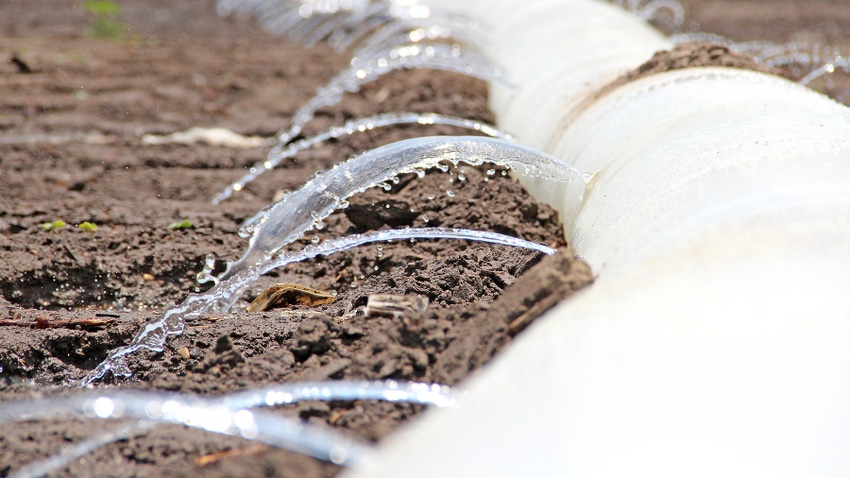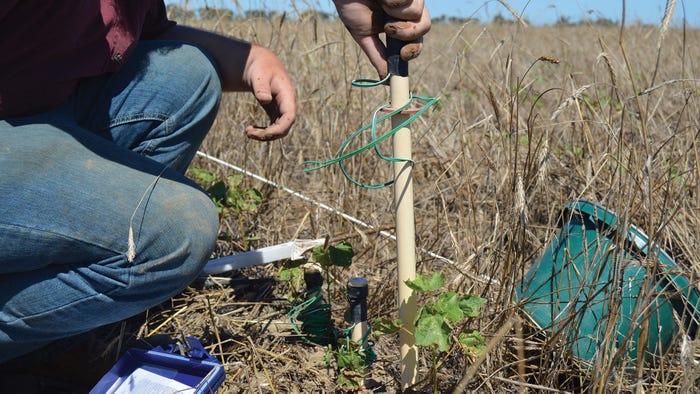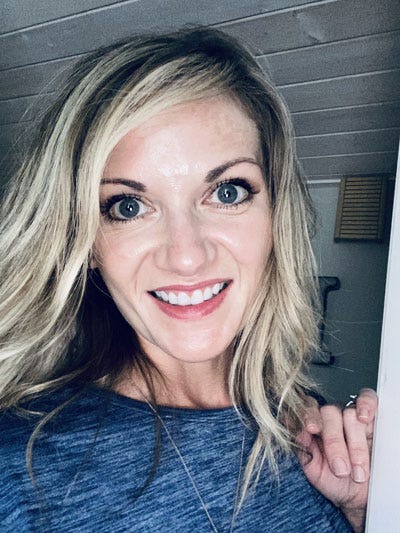
At a Glance
- Three Midsouth Farmers share their decade of experience with soil moisture sensors.
- Soil moisture monitoring provides opportunities for better irrigation management.
- Advancements in technology transmit real-time telemetry data directly to a mobile device.
Soil monitoring systems provide information to better manage irrigation and minimize water usage, saving farmers time and money. Advanced technology transmits real-time telemetry data directly to a mobile device, with a variety of products to meet farm-specific needs.
Three Midsouth farmers shared their decade-long experience with the technology during the Irrigation Roundtable on Jan. 31 at the 2023 National Conservation Systems Cotton and Rice Conference in Baton Rouge, La. Panelists included Will Hart of Sunflower County, Miss.; Travis Senter of Mississippi County, Ark.; and Tommy Young of Jackson County, Ark.
While their locations and methods provide different perspectives, they unanimously agree that the benefits of implementing this technology far exceed the cost. The panel discussed the value along with details on products, installation, and maintenance. They also shared a few learning curves along the way.
Leading the discussion were moderators Drew Gholson, assistant professor and director of the National Center of Alluvial Aquifer Research (NCAAR) at Mississippi State University, and Chris Henry, professor and water management engineer at the University of Arkansas System Division of Agriculture.
Senter’s Story
Ten years ago, Senter started with one sensor on his farm. Over the years, he tested different models and versions – from John Deere Field Connect to Watermark – before finding the CropX Agronomic Farm Management System. He now places 125 of these sensors on a whole-farm basis during the growing season.
“CropX was the easiest for me to set up, install, and manage. You drill the hole, set it in the ground, and it starts sending the information to you,” Senter said.
The data is straightforward, but to optimize use, sensors must be placed timely and properly – long before time to irrigate. In the spring, Senter keeps sensors in his truck and installs them during planting.
“One thing I cannot stress enough is placing them early. You cannot wait until June or July to install them,” he said. “I make most of the furrow and pivot irrigation decisions on the farm, and I use these sensors for every decision from start to finish.”
Young’s Story
Young began using telemetry around the same time – but for a different reason. His farm relies on center pivot irrigation. He started with AgSense telemetry to ensure the pivots were running efficiently. However, his overall irrigation strategy did not change until after seeing the results of a comparative study conducted by Henry on the farm.
Two identical center pivots irrigate one field using the same well and engine on the same soil type. Young agreed to water one side as usual. On the other, Henry set the irrigation recommendations based on data from a Watermark sensor.
Young skeptically followed Henry’s recommendations. “On the sensor side, it looked like my corn was going to burn up. By the fall, you could tell no difference, and I saved well over 100 hours in fuel cost and less pivot running. The next year, I purchased many more sensors,” he said.
Today, Young uses Watermark sensors with AgSense technology. Sensors are placed in key locations, and he uses data from single sensors to make decisions on multiple fields with similar crop, soil type and terrain.
He chose AgSense because he was already running the platform to check weather stations and monitor over 30 center pivots. With the telemetry, Young also monitors the soil moisture sensors to manage irrigation.
“This took the work off me. Five other people on my farm see the exact information, so I do not have to be the sole person making decisions. That is a beautiful thing about it,” he said.
Hart’s Story
In Mississippi, Hart has tested many options. He noted that technology has improved over time with more features and easier use. Today he uses Sentek sensors paired with either High Yield Ag Solutions or AgSense telemetry.
Soil type varies from one extreme to the other on his farm. Each year, Hart places seven to eight sensors on different soil types with different crops. The goal is to cover maximum acres per sensor for similar fields, and he said the system takes the guesswork out of irrigation.
“It is a total gamechanger. We no longer go out and kick the dirt to see if the wells need to fire up. All our irrigation sets come off the sensors, and we do not water until the sensor says it is time.”
Hart makes most of the irrigation decisions on the farm and works closely with his consultant. Together, they monitor the system daily throughout the growing season.

Soil moisture sensors send telemetry data directly to a mobile device, helping farmers make irrigation decisons to improve conservation efforts and save on input costs. (Whitney Haigwood)
Technology that Pays for Itself
Of course, there is cost. The biggest expense is the telemetry, but it requires little to no maintenance. Sensors, however, have a life of approximately five years and are considerably cheaper to replace.
Regardless, all agree that soil monitoring saves on time and inputs while simultaneously conserving water.
In the summer, they check monitoring apps on their phones first thing in the morning – just like checking the weather, markets, or Twitter. Graphs communicate whether a field needs water. If data from one sensor does not look quite right, farmers can dig deeper to investigate.
Instant access to this information saves on mileage and the time it takes to walk into individual fields for a manual check.
Senter said, “Time is my most valuable commodity. I cannot put a price tag on it. With sensors, I can be at more places at one time than I could ever be without them.”
Collecting sensor data from the spring through summer gives a baseline to gauge trends in crop needs throughout the season. It makes for easier record keeping, with information readily available to print or upload for reporting purposes and NRCS projects.
Data driven decisions also cut irrigation sets. Hart and Young both said they no longer water at rates to “keep a goldfish alive” in their corn crop.
“If the pivot does not need to make that circle, it does not. We save on water and fuel costs. That was a big thing this past year when my contracted $2.40 diesel ran out and jumped to almost $5,” Young said.
Hart agreed, “It is a no brainer with the cost and return. As dry as it was this past year, I only watered corn three times. We saved two or three irrigation sets. It becomes a math problem with money you can keep in your pocket.”
Learning Curves and Advice
A big barrier comes with trusting the technology on a large-scale basis. Hart recalled the initial intimidation.
“We wanted to water like we used to, but we learned that waiting to irrigate was worth it. We just had to change our mindset and adapt to the technology,” he said.
Another barrier is interpreting the information while also accounting for weather – keeping in mind that a forecasted rain may not be enough.
For those interested in learning more, the panelists recommend consulting land grant institutions, county Extension agents, and neighboring farmers. Find products that fit your needs with a dealer nearby who can service what you purchase. Then, go see for yourself.
Senter said, “My advice is to try it. Get one. Get two. See how it works on your farm and how you can progress with it. I guarantee it will save you money.”
In Arkansas, irrigation schools are available in late February and early March. Henry also referred to Extension fact sheets and recommended the Arkansas Watermark Calculator to interpret data and schedule irrigation.
For a list of sensor options, Gholson referred to the soil moisture monitoring showcase on the NCAAR website. The showcase compares products and provides YouTube videos and resource links.
To gauge irrigation practices across the Delta and develop resources to meet farm-specific needs, Mississippi State is currently conducting a survey. A link to the survey is located on the MSU Extension website.
About the Author(s)
You May Also Like






